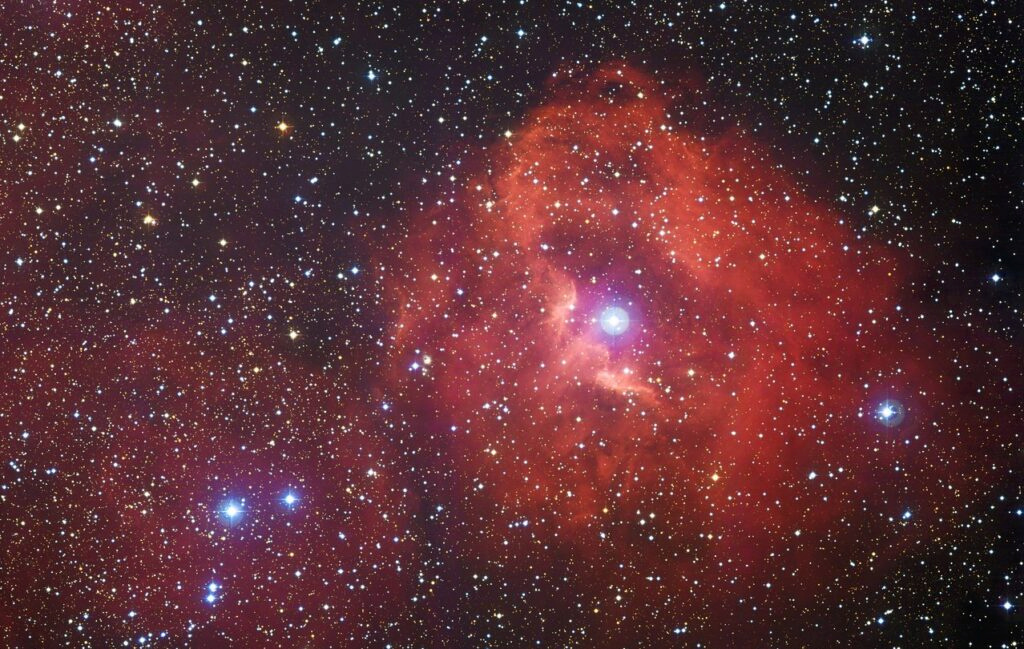It exploded 11,000 years ago. Astronomers monitored the “ghost” of a giant star

The European Space Observatory (ESO) captured a picture revealing "ghostly" remnants in deep space, due to the explosion of a giant star that produced a tapestry of colors and waves.
After the massive star's life ended in a powerful explosion about 11,000 years ago, only the delicate composition of pink and orange clouds remains.
When the largest stars reach the end of their lives, they often end up in an explosion called a supernova.
The explosions cause shock waves that move through the surrounding gas, compressing it and creating complex thread-like structures.
The gaseous spiral structures are heated by the energy that is released, causing them to shine brightly, as shown in the image captured in detail by the European Southern Observatory's (ESO's) Very Large Telescope (VLT) Astronomical Survey Telescope located in Chile's Paranal Mountain. .
The new 554-million-pixel image provides a highly detailed view of the supernova remnant Vela, named after the southern constellation Vela.
The image shows an area large enough for nine full moons, a mosaic of observations taken with the Astronomical Survey Telescope's Very Large Telescope (VLT) OmegaCAM Wide Field Camera.
And the camera, which has a resolution of 268 million pixels, can take pictures through several filters that allow light to pass through in different colors.
In this particular image of the "sail" remnants, four different filters were used, represented by a mixture of purple, blue, green and red.
The Very Large Telescope uses a 2.6-meter-high mirror to scan the night sky with visible light, making it one of the largest telescopes to do so.
This image was created during the VST Photometric Hα survey of the entire Southern Galactic Plane and Bulge (VPHAS+), which ran for more than seven years.
The pink and orange gas clouds lie 800 light-years from Earth, making them one of the closest supernova remnants to our planet. (A light year is about 6 trillion miles.)
When the star exploded, its outer layers were expelled into the surrounding gas, producing stunning glowing gas filaments that glow due to the heat generated by the shock waves.

What remains of the star is a very dense ball in which protons and electrons are pushed together to form neutrons - a neutron star.
Source : sites Internet

